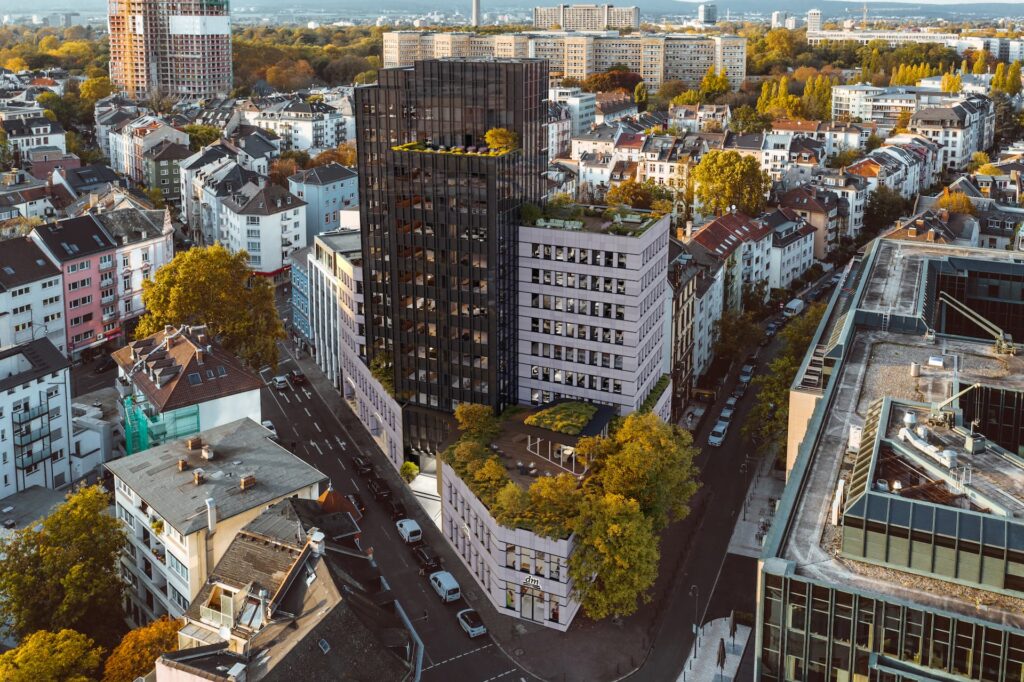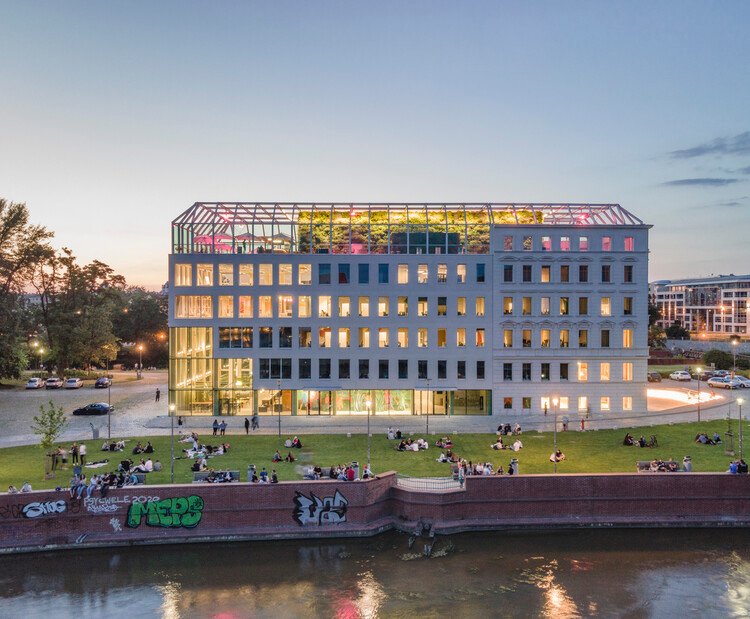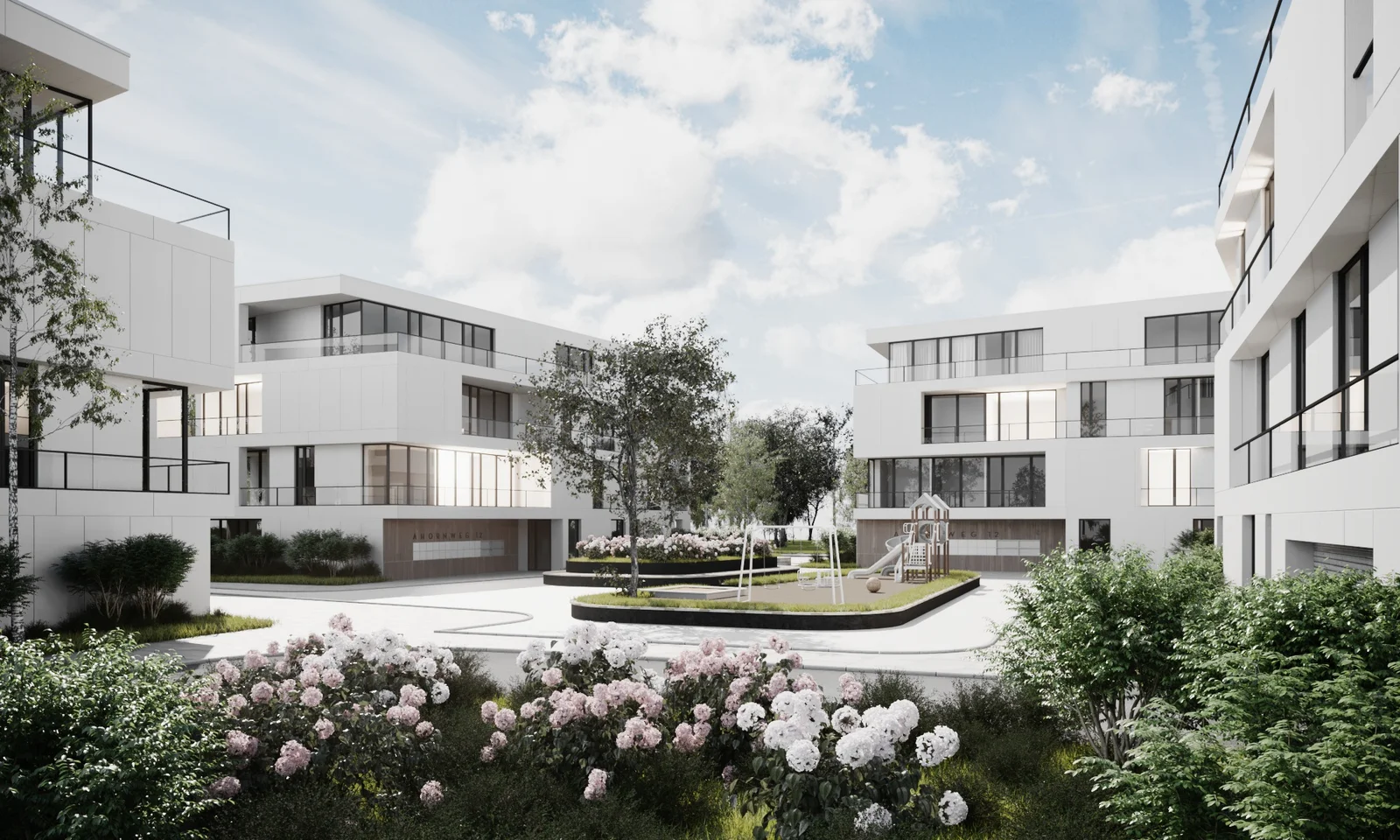Water Simulation Techniques for Resort Visualizations
Imagine the captivating sight of a luxury resort with a stunning water body, the tranquil lake, or the mesmerizing waterfall. These water elements play a crucial role in enhancing the visual appeal of a resort. In the realm of 3D Visualization and Resort Designing, water simulation techniques are employed to recreate these elements in a realistic manner, thereby creating a visually stunning and immersive experience for viewers. This blog post will delve into the various water simulation techniques used for resort visualizations.
Understanding the Importance of Water Simulation in Resort Visualizations
Before we explore the various techniques, it is important to understand the significance of water simulation in the realm of resort visualizations. Water bodies are not just aesthetic elements, but they are also a symbol of luxury, tranquillity, and harmony. They breathe life into the resort design and significantly impact the overall visual appeal.
The Role of Water Simulation in Resort Design
Water simulation plays a pivotal role in creating realistic and lifelike resort designs. From creating the serene ambience of a lake to the dynamic motion of a waterfall or even the subtle ripples on a swimming pool, water simulation techniques bring these elements to life. They help in enhancing the overall visual experience, thereby making the resort design more attractive and appealing.
The Impact of Water Simulation on Viewer Perception
Water simulation also significantly influences how viewers perceive the resort. A well-executed water simulation can evoke emotions and create a sense of desire in the viewer’s mind. It can beautifully showcase the tranquillity and luxury that the resort has to offer, thereby enticing viewers and making them want to experience it in person.
Diving into the Various Water Simulation Techniques
Understanding Different Water Simulation Techniques for Resort Visualizations
Particle System Techniques
Particle system methods are among the most widely used techniques for water simulation in resort visualizations. They create a realistic representation of water by creating numerous small particles that behave like a liquid. This method is highly effective in simulating complex water movements such as waves, splashes, and waterfalls. It’s an excellent technique for creating dynamic and interactive water visuals that can enhance the overall resort experience.
Smoothed Particle Hydrodynamics
Smoothed Particle Hydrodynamics (SPH) is another technique used for water simulation. This method involves solving the fluid dynamics equations using a set of discrete elements or particles. It is ideally suited for simulating incompressible fluids like water. SPH is particularly useful in creating high-quality resort visualizations where the focus is on showcasing the water bodies’ dynamic details.
Grid-Based Techniques
Grid-based techniques are often used for water simulation in larger resort visualizations. They use a grid system to monitor fluid behavior over a specific area. Each grid cell represents a certain amount of water, allowing for precise control over water movement and interaction with other elements. Grid-based methods are excellent for simulating large bodies of water like swimming pools, lakes, or the sea.
Implementing Water Simulation Techniques for Enhanced Resort Visualizations
Resort Visualization using Particle System Techniques
Implementing particle system techniques for resort visualizations can significantly enhance the realism of the scene. For instance, these techniques could be used to create a realistic wave effect in a resort’s swimming pool or simulate a waterfall within the resort’s landscape. The key to successful implementation lies in controlling the particles’ behavior to match real-world fluid dynamics.
Resort Visualization using Smoothed Particle Hydrodynamics
The use of SPH in resort visualization can help create high-quality, detailed water simulations. This technique could be used to showcase dynamic water features such as water slides, water games, or fountains within a resort. Remember, the more accurately the water behaves, the more immersive and appealing the visualization will be to the viewer.
Resort Visualization using Grid-Based Techniques
Grid-based techniques for water simulation can be ideal for large-scale resort visualizations. These techniques could be used to simulate large bodies of water like a resort’s lake or a large swimming pool. The main advantage of grid-based methods is their ability to handle complex scenarios like water interaction with other elements, making them a great choice for resort visualizations.
The Future of Water Simulation Techniques for Resort Visualizations
Water simulation techniques are continually evolving, with advancements in computational power and algorithms leading to more realistic and detailed visualizations. The future of resort visualizations is likely to see more immersive and interactive water simulations, enhancing the virtual experience for users. Virtual Reality (VR) and Augmented Reality (AR) technologies could also play a significant role, providing even more realistic and engaging resort experiences.In conclusion, water simulation techniques for resort visualizations have become an integral part of the design and planning process in the hospitality industry. They offer a more realistic, dynamic, and immersive visualization of resort designs, enabling architects, designers, and clients to gain a better understanding of the projected outcome. The use of these advanced techniques not only enhances the aesthetic appeal of the designs but also aids in making more informed decisions regarding the project. As technology continues to evolve, we can expect these simulation techniques to become even more sophisticated, providing an even more accurate and realistic representation of water bodies in resort visualizations.







